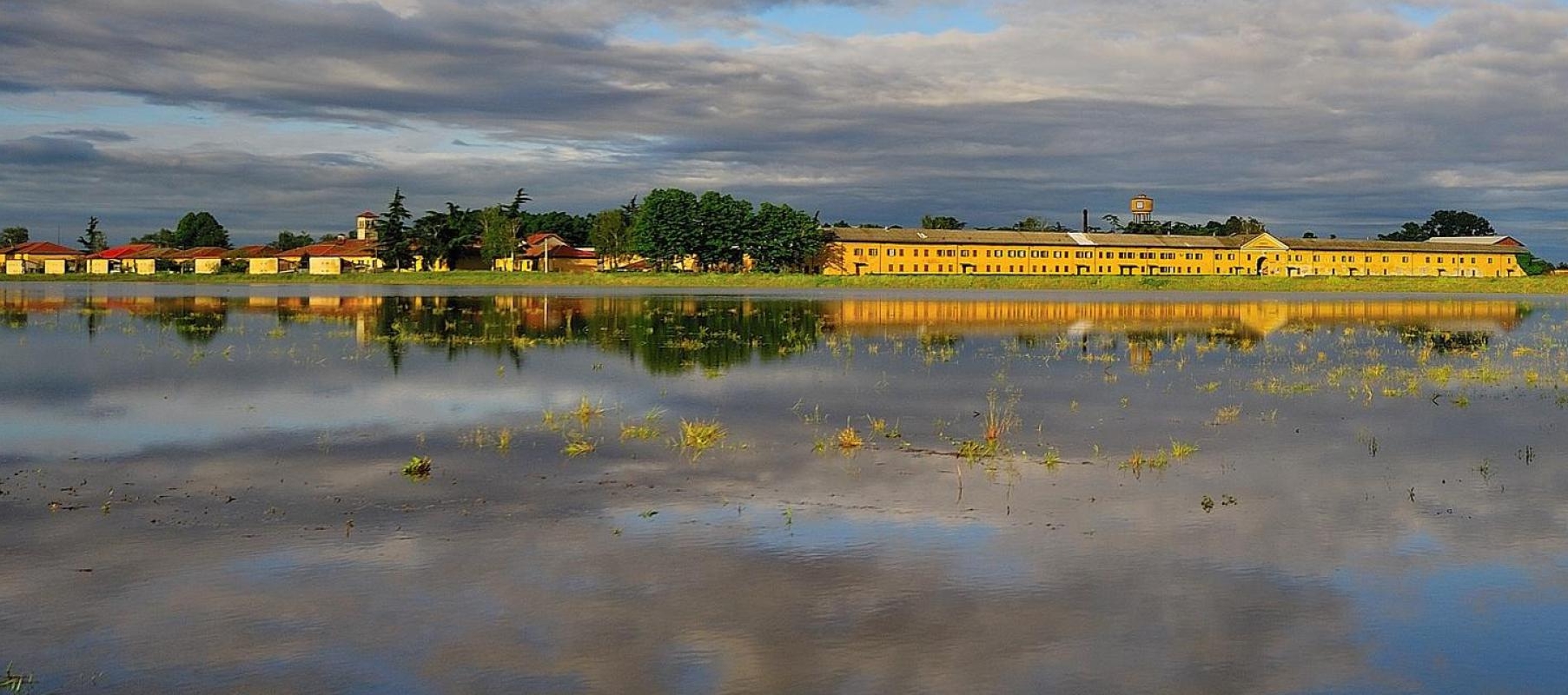NovaraNovara, also defined as the most Lombard city in Piedmont given its history and notable proximity to Lombardy, owes its expansion to its position as a crossroads with major communication routes, ideal for commercial and industrial development. The symbolic monument of the Basilica of San Gaudenzio, queen of the Novara skyline, built in the 16th century based on an architectural design by Alessandro Antonelli, famous for having designed the Mole Antonelliana in Turin. The historic center, located between Corso Mazzini and Corso Italia, is the heart of the city; the peculiarity of the historic center of Novara is the diversity of styles, in fact you can see various traces of past ages due to its important history. Where the city stands today, in the 5th century BC. there was a Celto-Ligurian settlement, but it was the Romans who founded it in 89 AD. with the name of Novaria and in 49 AD Gulio Cesare recognized it as a Municipium. Passing through the Middle Ages, the Renaissance, up to the Risorgimento and thanks to his active participation in the foundation of the Kingdom of Italy, the foundations were laid for the economic and urban rebirth to which the current urban style is due.
What to do in Novara?
We recommend you visit the historic center, the cathedral of Santa Maria Assunta,the the Basilica of San Gaudenzio,the Musei della Canonica del Duomo and the Museo di Storia Naturale.
Just outside Novara, rice cultivation reigns supreme, an activity that connects the past and the present, made up of history and hard work, the work of the man who introduced rice cultivation in the lower Novara area 500 years ago and which therefore represents the fabric economic, but also social and cultural of the territory. A visit to the farms "see Gosling the rice roads" and to the cultivated fields gives the tourist the opportunity to immerse themselves in this reality and fully enjoy every facet. The best time to visit the rice fields is between March and April, the time of flooding and sowing, when the water is left for six weeks for the rice to ripen; the whole area becomes a checkered sea, hence the expression "land of water". Certainly an impactful landscape, worthy of being seen.
Novara, given its proximity to Lake Maggiore (60 km from Stresa) and Lake Orta (47 km), approximately 1 hour's drive from both, is easily reachable and can be visited even in half a day, with the possibility of choosing have lunch in the city or in some tavern in the countryside and combine the visit of Novara with the next proposal, only 16 km from the city centre: Vicolungo the Style Outlet Village.

